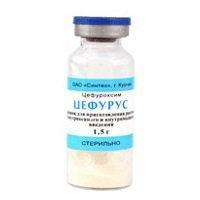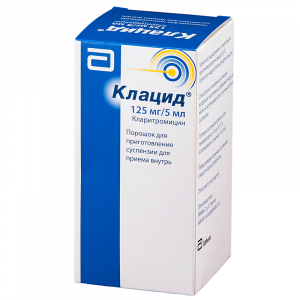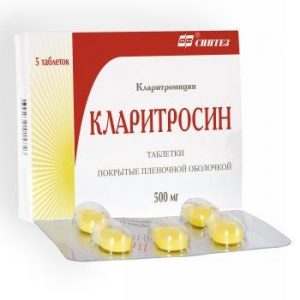Description
Release form
Capsules
Packing
6 pcs.
Pharmacological action
ZI-Factor is a broad-spectrum antibiotic of the azalide group.
When creating high concentrations in the focus of inflammation, it has a bactericidal effect.
Indications
Infections of the upper (pharyngitis, tonsillitis) and lower (bacterial and atypical pneumonia, bronchitis) respiratory tract, ENT organs (otitis media, sinusitis), skin and soft tissues (erysipelas, impetigo, secondarily infected dermatoses), urogenital tract (uncomplicated urethritis and / or cervicitis), Lyme disease (treatment of erythema migrans), diseases of the stomach and duodenum, associated with Helicobacter pylori (as part of combination therapy).
Contraindications
Hypersensitivity (including to other macrolides), liver and / or renal failure, breastfeeding, infant age up to 1 year.
Use during pregnancy and lactation
It is possible if the expected effect of therapy exceeds the potential risk to the fetus.
Breastfeeding should be discontinued during treatment.
Special instructions
A 2-hour break must be observed while antacids are used.
After withdrawal of treatment, hypersensitivity reactions may persist in some patients, which requires specific therapy under the supervision of a physician.
Composition
1 caps. contains azithromycin dihydrate (in terms of azithromycin) 250 mg
Dosage and administration
ZI-Factor is taken orally for 1 hour or 2 hours after eating 1 time / day.
For adults, the average dose is 500 mg / day. for 1 dose within 3 days (course dose – 1.5 g).
Children are prescribed at a rate of 10 mg / kg 1 time / day. within 3 days or on the first day – 10 mg / kg, then 4 days – 5-10 mg / kg / day. within 3 days (course dose – 30 mg / kg).
Side effects of
From the nervous system and sensory organs:? 1% – dizziness, headache, drowsiness in children – hyperkinesia, anxiety, neurosis, sleep disturbance.
From the cardiovascular system and blood (hematopoiesis, hemostasis):? 1% – palpitations, chest pain.
From the digestive tract: diarrhea (5%), nausea, abdominal pain (3%)? 1% – dyspepsia, flatulence, vomiting, melena, cholestatic jaundice, increased activity of hepatic transaminases in children – constipation, anorexia, gastritis.
From the genitourinary system:? 1% – vaginal candidiasis, nephritis.
Allergic reactions: rash, photosensitivity, Quincke’s edema.
Other: fatigue, in children – conjunctivitis, pruritus, urticaria.
Drug interactions
Antacids (aluminum and magnesium-containing), ethanol and food slow down and reduce absorption.
Increases the concentration of digoxin, slows down the excretion and increases the plasma concentration and toxicity of cyclosporine, indirect anticoagulants, methylprednisolone, felodipine, carbamazepine, terfenadine, hexobarbital, ergot alkaloids, valproic acid, disopyramyndrome, periphenyndrome, biphenophyridinum, biphenophyridin, .
Lincosamides weaken effectiveness, tetracycline and chloramphenicol enhance. Pharmaceutically incompatible with heparin.
Overdose
Symptoms: severe nausea, temporary hearing loss, vomiting, diarrhea.
Storage Conditions
The product should be stored in a dry, dark place at a temperature not exceeding 20 ° C.
Shelf life
2 years.
Deystvuyushtee substance
Azithromycin
Terms and conditions
prescription
dosage form
capsules
Prescribing
Prescribing
Pregnant prescribed by a doctor, Adults, For women s Pregnant 40 as prescribed by the doctor, For children as prescribed by the doctor, Adults as prescribed by the doctor




